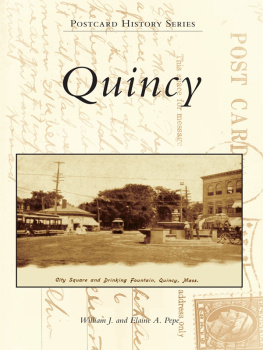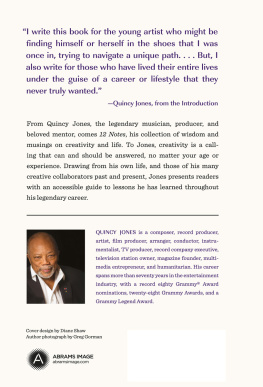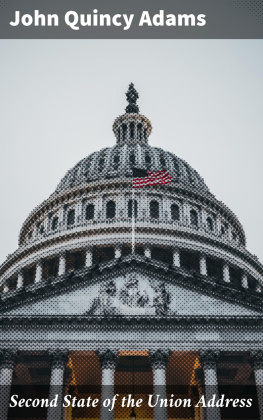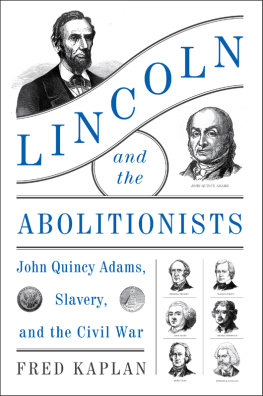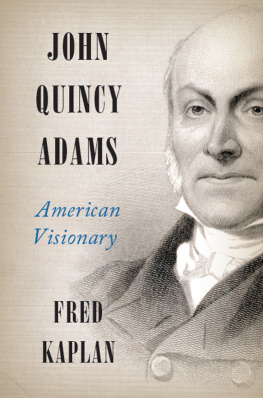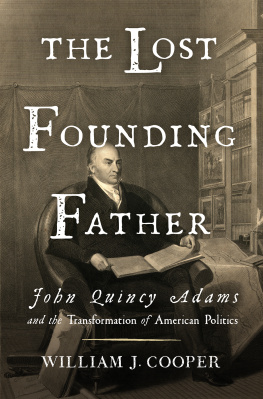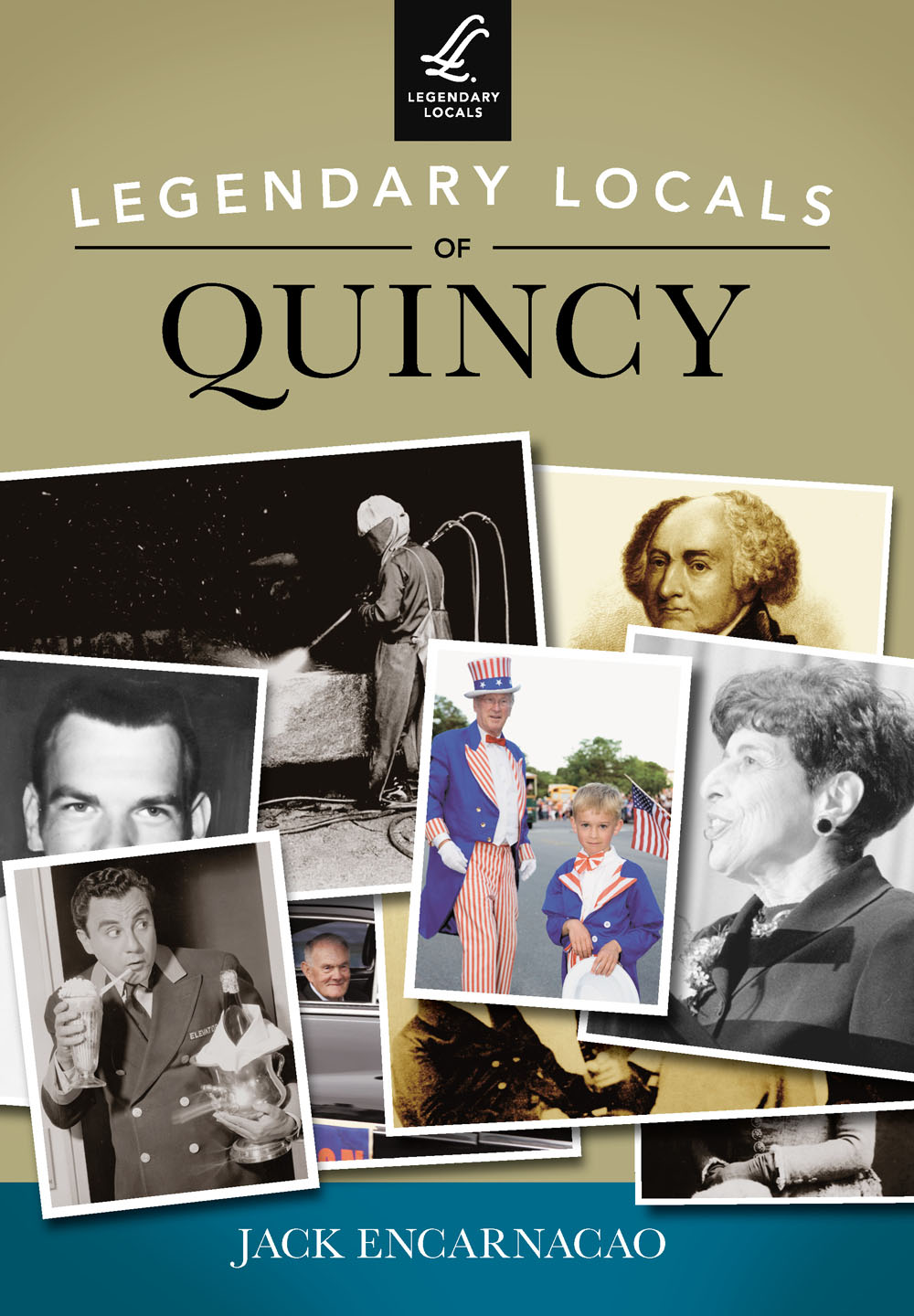
LEGENDARY LOCALS
OF
QUINCY
MASSACHUSETTS

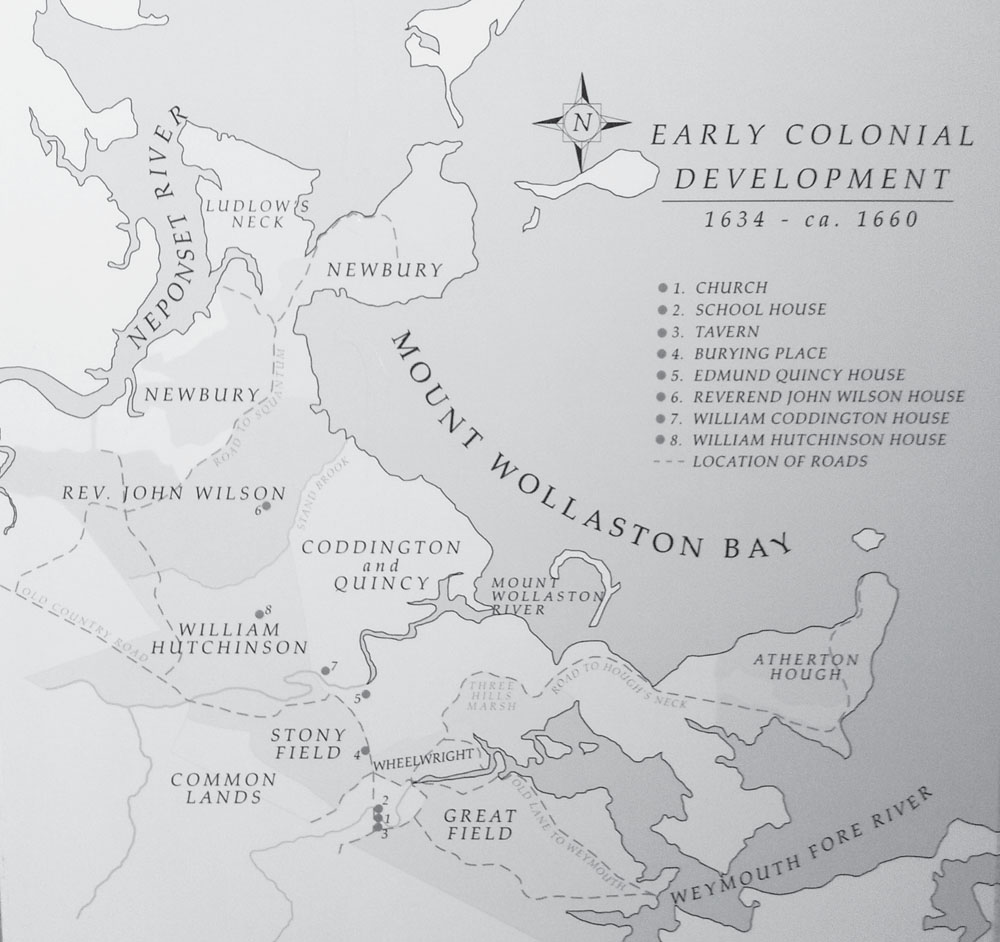
Map of Quincy
This map shows the original land grants issued in 16341635, when what is now Quincy was annexed by Boston. The plots are owned by many of Quincys indelible names, such as Wollaston, Hough, and Coddington. (Courtesy Quincy Historical Society.)
: Col. John Quincy
The city of Quincy is named after Col. John Quincy, the grandfather of Abigail Adams. His grave sits tucked away in a cemetery downtown, across the street from the church where Abigail and her family are entombed. The spelling Quinsey reflects the headstones age; there was not a normalized spelling of Quincy until well into the 18th century. A more conspicuous stone was installed at the site in 1905. For more information, see . (Author photograph.)
LEGENDARY LOCALS
OF
QUINCY
MASSACHUSETTS
JACK ENCARNACAO

Copyright 2014 by Jack Encarnacao
ISBN 978-1-4671-0152-3
Ebook ISBN 9781439648476
Legendary Locals is an imprint of Arcadia Publishing
Charleston, South Carolina
Library of Congress Control Number: 2013955329
For all general information, please contact Arcadia Publishing:
Telephone 843-853-2070
Fax 843-853-0044
E-mail
For customer service and orders:
Toll-Free 1-888-313-2665
Visit us on the Internet at www.arcadiapublishing.com
Dedication
To Ed Fitzgerald, Joe Shea, and Tom Galvin, who generously imparted their knowledge of Quincys history; and to my beloved wife, Kelly, and son Gray
On the Front Cover: Clockwise from top left:
Edward Monti, granite carver (Courtesy Quincy Historical Society; see ).
On the Back Cover: From left to right:
Richard Koch, founder of the Koch Club (Courtesy Thomas Koch; see ).
CONTENTS
ACKNOWLEDGMENTS
The author is indebted to the work of all Quincy historians, an exclusive and proud lineage. For sharing their personal photographs for this project, I thank Ed Fitzgerald, Frank Bellotti, Evelyn and Bill Dana, Tom Galvin, Robert Brudno, Larry Norton, Tackey Chan, Susan deVarennes, John Stobierski, Louis J. Grossman, the Kandalaft and Djerf families, Joe Shea, Jay Cashman, Phyllis Berlucchi, Chris Walker, David Chew, Bob Noble, and the McGettrick family.
I also wish to thank Megan Allen and Mary Clark at the Thomas Crane Public Library, as well as members of their staff; the Quincy School Department, including Frank Santoro and Richard DeCristofaro; and Mayor Thomas Koch, for sharing materials from their archives.
For permission to publish images from their archival holdings, my sincere thanks go to the Quincy Historical Society, the Thomas Crane Public Library, the South Shore Chamber of Commerce, Dunkin Donuts, the Grossman Companies, Inc., the Avedis Zildjian Company, and Jay Cashman, Inc.

United First Parish Church
The Greek Revival church originally known as the Old Stone Temple was the fourth meetinghouse of Quincys first congregation. It was designed by architect Alexander Parris, who also designed Bostons Quincy Market. Volunteers offer tours of the church from April to November, including the basement tombs of Presidents John Adams and John Quincy Adams and their wives, Abigail and Louisa Catherine. (Author photograph.)
INTRODUCTION
In a small cemetery next to city hall, in the shadow of the iconic United First Parish Church, where two presidents are entombed, sits the grave of Col. John Quincy. The grandfather of Americas second first lady, Abigail Adams, John Quincy was a widely respected Speaker of the Massachusetts House of Representatives in the early 18th century and the man for whom residents named a Braintree precinct that became its own town in 1792.
It is from the bloodlines of this provincial statesman that the City of Presidents was birthed. Yet the memory of Colonel John began to fade as Quincy came to be known as the birthplace of patriots like John Adams, John Hancock, and John Quincy Adams. In a 1908 speech, the Reverend Daniel Munro Wilson, pastor of United First Parish Church, decried, In his day [Quincy] was one of the most trusted and influential public characters of the Province; but, for a hundred years or more, he has now been buried in oblivion. The present generation in Quincy hardly know that such a man ever existed. That disconnect still exists; it is not difficult to find Quincy natives who think their city is named after John Quincy Adams, who was born just a quarter century before Quincy was incorporated.
But in few American cities are the entreaties to honor history so heartfelt and a sense of civic duty so embodied by its residents. Quincy has a proud tradition of lionizing the civic-minded, from business titans to neighborhood fixtures. Their names are emblazoned on street signs, playground plaques, memorial squares, auditoriums, conference rooms, and schools. One might forgive a native for losing track of them all, for there has never been a shortage of exemplary Quincy folk. As Reverend Wilson also noted in 1908, This, your city of Quincy, from the first settlement till now... not one generation has failed to furnish some eminent person, man or woman, who did notable deeds, or spoke timely words, measurably effective in shaping the destinies of the American people.
Quincys first European settlers are thought to have arrived in 1624 with Capt. Richard Wollaston, about whom little is known. At the time, the Massachusett tribe fished the shores of Quincy Bay and cultivated crops inland. According to tradition, Wollaston established a trading post on the shoreline, and the land his followers inhabited was christened Mount Wollaston. Another European settler who accompanied Wollaston, Thomas Morton, later called the land Mare Mont, Latin for hill by the sea. That morphed into Merrymount, a moniker that spoke to Mortons penchant for making merry and trading firearms with the natives. Today, Merrymount is one of Quincys tidiest neighborhoods.
Beginning in 1634, the Massachusetts Bay Colony began issuing the first land grants to prominent men in what is now Quincy. Among them were Atherton Hough, namesake of Houghs Neck, William Coddington, future governor of Rhode Island and Quincys first significant benefactor, and Edmund Quincy I, whose son Edmund II built the landmark Quincy Homestead in 1685. In 1706, Edmund III expanded the homestead into a grand mansion, later known as the Dorothy Quincy Homestead because it was the childhood home of John Hancocks wife. The mansion still stands at the corner of Hancock Street and Butler Road.
In 1639, the Reverend William Tompson formed a congregation at Mount Wollaston, the first church in Quincy. That resilient congregation built the picturesque First Parish Church in 1828, financed by parish member John Adams. Formally known today as the United First Parish Church (Unitarian), the Church of Presidents hosts the tombs of John, Abigail, John Quincy, and Louisa Catherine Adams.
Quincy was still known as Braintrees North Precinct in 1735 when John Adams was born in a saltbox-style home on the corner of what are now Franklin Street and Independence Avenue. In 1787, John and Abigail Adams acquired the Peacefield mansion and farm that is at the heart of the Adams National Historic Park. Generations of Adamses were born and bred in Quincy, all the way through Charles Francis Adams III, the mayor of Quincy from 1896 to 1897, the year before it officially became a city.
Next page

